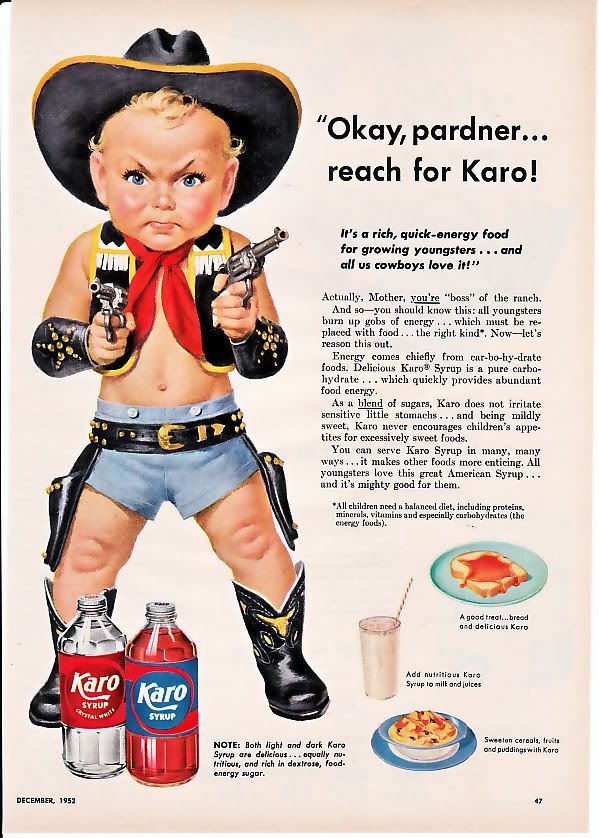


At the lunch table at Arbor Springs Old Folks Hotel, we have brilliantly come to the conclusion that the outside world has gone NUTS. Bill (the other Bill) is the smartest one of the bunch and sometimes breaks down what’s happening in the world to the rest of us. Perry and I avoid watching the news to reserve precious brain space to recall the words to “Down in the Valley” and “Que Sera, Sera”. Basically from what I understand the world has gotten even NUTTIER than the last time I checked.
My column is called Humor, not High Blood Pressure, so I asked my daughter to find a previous article I wrote on NUTS, not of the liberal variety. I’m talking about the kind of NUTS you find on the ground during this season. You may think that as a Southerner I prefer peanuts, but nope. Pecans are the best NUTS and I will fight you if : 1) you don’t think pecan pie is the best pie of all 2) you pronounce pecan like pee-can.
Growing up on the Frazer farm we had a dozen or so pecan trees that periodically produced good crops. What a difference in our old way of harvesting compared to today’s operations. Back then, no real harvesting was done until most of the leaves were shed. Then Ralph Williams, the tenant on the farm, would climb the trees and hammer the limbs with a wooden mallet in order to shake the nuts loose from the hulls. The whole family, except for older crowd, would get on our knees and fill up buckets with the nuts that fell on the ground.
Back when I drove around Lafayette to see whose business I could mind, I stopped by Dempsey farms to inquire about their beautiful pecan grove. Lee Dempsey gave me a tour and explained how pecans are harvested much earlier when using their machines, rather than our very dangerous method of “climb the tree and give it a shake”. I will point out that one advantage of harvesting the nuts the old way was not having to run the crop through a blower and across a conveyor belt to pick out the culls. When picking off the ground, you are editing as you go…And sometimes eating. These days machines shake the tree hard enough that harvesting can start earlier in the season, but our later harvest meant the nuts were dry and ready for consumption. Another reason for our late harvest was that the farmer had to pick cotton before it fell out of the boll.
Both the old method and the new mechanical method have a common obstacle: birds and animals enjoy pecans. Lee Dempsey said that crows come in flocks to the grove and carry off significant quantities of nuts daily. Also, squirrels love coming in groups to munch on the nuts and tote them off to store for winter food. Deer love to forage on fallen nuts which is the reason the nuts can’t be allowed to lay on the ground even for short period of time without harvesting. In the Frazer family grove, crows became target practice for Grandaddy sitting in the grove with a 12-gauge. As for squirrels, Sporty the yard dog made sure that the squirrels did not come out of the woods to climb the pecan trees to get their dinner.
A naked pecan tastes great, but combine it with sugar, butter, eggs, and Karo syrup, and that’s a masterpiece. Of course I’m talking about the pecan pie. The American-born dessert’s origins date back to the late 19th century. The first recipe that most closely resembles what we know today as pecan pie was published in 1898 in a church charity cookbook, but the pie wouldn’t surge in popularity until the mid-1920s. That’s when the manufacturer of Karo syrup began printing a recipe for pecan pie on cans of the product. Wide distribution of Karo syrup introduced many people to pecan pie, who found it was quite simple to make. Two things I would like to thank American businesses for: Diet Coke and Karo Syrup. I don’t necessarily mean at the same time, but now that I think about it, a Diet Coke served along Pecan Pie would certainly negate the calories.
I’ve always thought Pecan was a strange word. I had my daughter look it up, and google said that it’s derived from the French word pacane which is taken from the Algonquian word for “nut”. Apparently French settlers in New Orleans first named pecans centuries ago, but circling back around, I’d say New Orleans is still a hotbed for NUTS. And apparently, like the branches of the pecan trees, it’s spreading.
